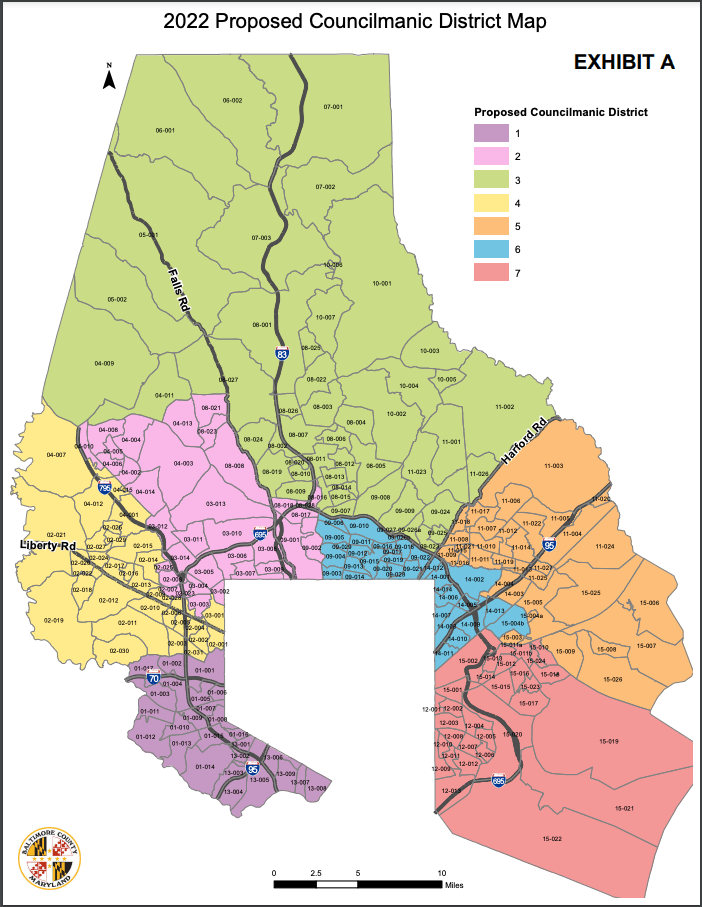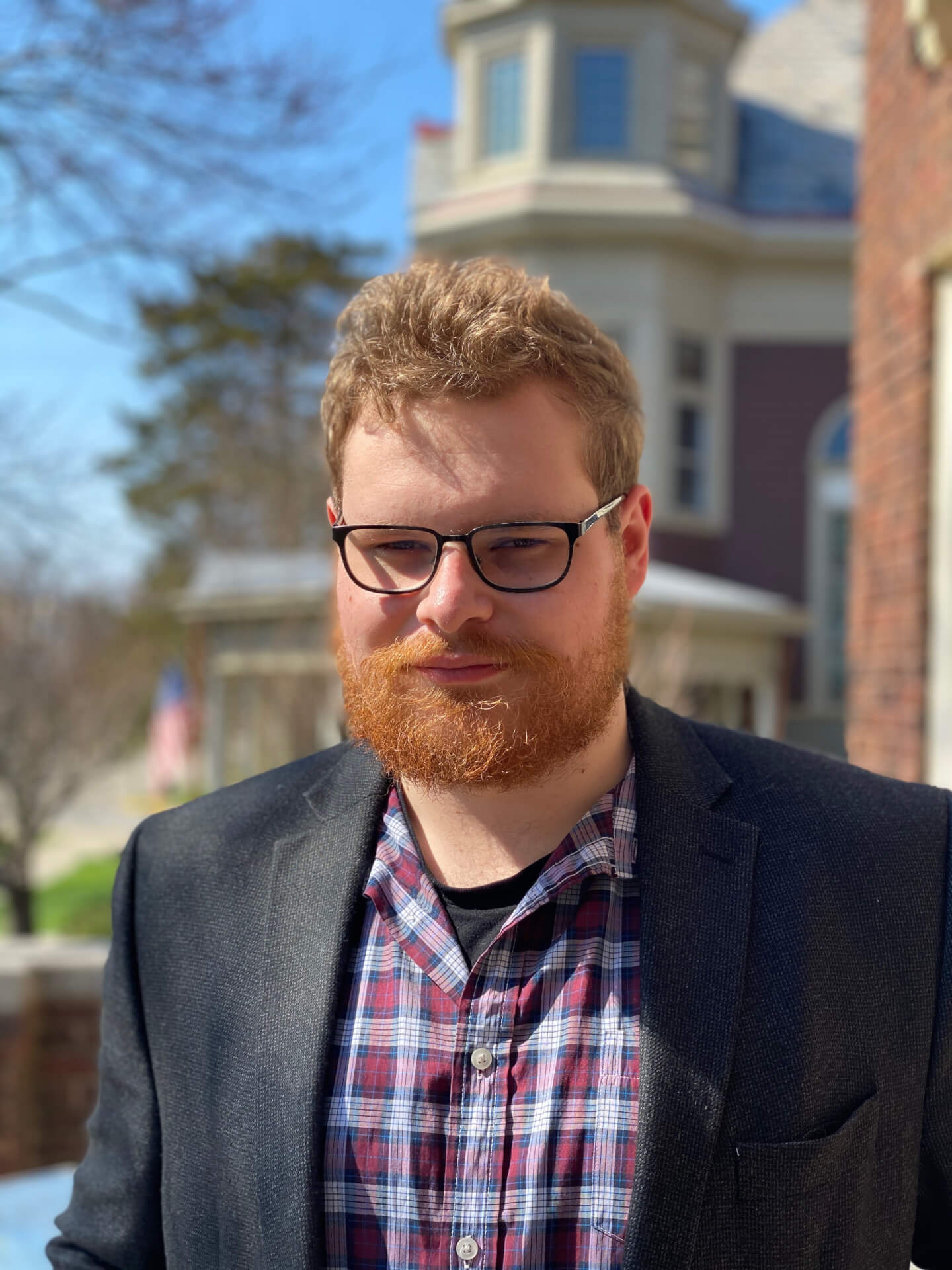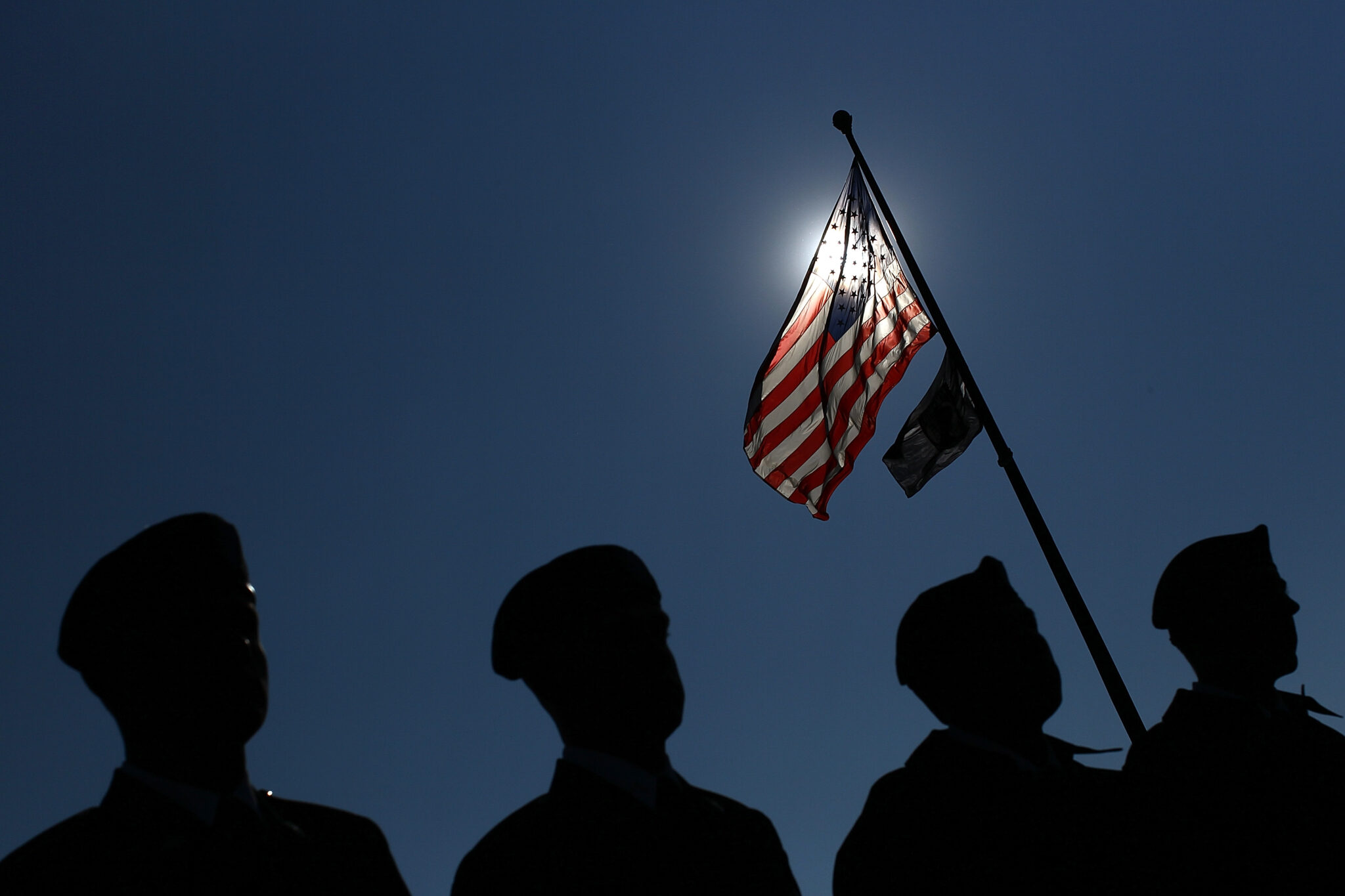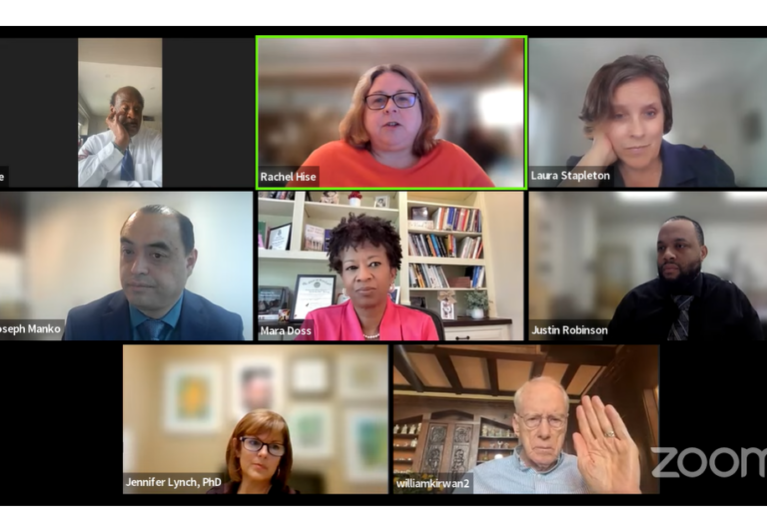Civil Rights Advocates Consider Legal Action in Baltimore County Redistricting Process

Civil rights groups say they will take to court if the Baltimore County Council adopts its current redistricting plan and say the proposed council map illegally “packs” Black residents into a single majority district when two majority Black districts could be drawn.
At a Nov. 24 meeting, Randallstown NAACP members voted to request permission from the national NAACP office to “initiate, endorse and participate in legal action against the Baltimore County Council for its illegal redistricting map,” according to a press release.
Earlier this year, advocates and community members criticized a proposal from the Baltimore County Redistricting Commission for including just one majority Black council district — but a recently released amended redistricting plan from the county council keeps that same configuration.
The county currently has only one majority Black council district, drawn up in 2001 after a push from civil rights activists, and there are a total of seven seats on the Baltimore County Council. Roughly 47% of Baltimore County residents are Black, Indigenous or people of color, according to the American Civil Liberties Union of Maryland, a figure that has been trending up in recent decades amid growing nationwide diversity.
Advocates and state lawmakers alike have said the current redistricting proposal violates the federal Voting Rights Act, which bans minority vote dilution by cracking, or “fragmenting the minority voters among several districts where a bloc-voting majority can routinely outvote them,” according to the U.S. Department of Justice, or by “packing them into one or a small number of districts to minimize their influence.”
Under the currently proposed council map, five of seven districts are majority white and another has a 46.17% white plurality. Just one district is majority Black at 72.59%, according to data released by the Baltimore County Council.
An interactive version of the currently proposed council map is available online.
“We must ensure all people of color can receive the same benefit and lifestyle currently afforded to our white brothers and sisters,” Randallstown NAACP President Ryan Coleman said in a statement. “I implore the council to give us a map that does not ‘pack’ and ‘crack’ diluting the African American voting power in Baltimore County.”
Coleman noted at a public hearing in late October that residents of the lone majority Black district have elected a Black council member in every election since it was created, while majority white districts have elected white council members. Baltimore County Council Chair Julian E. Jones Jr. (D) remains the only Black council member.
The Randallstown NAACP will only file a lawsuit if the council adopts the current redistricting plan or “any map that dilutes the African American vote by cracking and packing,” Matt Lewis, a spokesperson for the organization said in a Monday evening email. The Randallstown branch hadn’t heard back from the national office as of Monday night, but an answer is expected within the next week, Lewis said.
In addition to the Randallstown NAACP, the ACLU of Maryland has vowed to file legal action to ensure a second majority Black district if the council doesn’t make changes to the current proposal.
“Both the Baltimore County Redistricting Commission map and the Baltimore County Council’s new proposed map violate the Voting Rights Act, but the new one is even worse, packing even more Black voters into a single district,” the ACLU of Maryland wrote in an emailed statement Monday. “If the County does not create a second majority-Black district, which it can easily do, the ACLU will file suit in partnership with local groups and voters.”
Jones said in an interview earlier this month that he thinks two majority Black county council districts would be “justified” based on the fact that 30% of Baltimore County residents are Black, but said council members found it difficult to do so without splitting up neighborhoods and communities. Jones also said county council members were also concerned that drawing two majority Black districts with more narrow majorities would not guarantee a Black county council member.
“At the end of the day, after tremendous conversations and examinations of maps … the map we’re looking at is the map that people on the council would agree to move forward with,” Jones said, noting that it will take five votes to finalize the county’s redistricting plan by the Jan. 31 deadline.
The ACLU of Maryland and the Baltimore County NAACP submitted several alternative redistricting proposals to the county council that included a second majority Black district. Gerald Morrison, the first vice president of the Baltimore County NAACP, said at that October public hearing that the alternative maps proposed by his organization and the ACLU offer “indisputable evidence” that an additional majority Black district can be created.
The county council is set to hold a public hearing on Dec. 14 on the proposed maps.




 Creative Commons Attribution
Creative Commons Attribution